
If you have dived in The Caribbean before, please share your experiences: Dive spots you would recommend, which Dive Center you used, Fishes & Diving, Visibility, Currents, etc. Please post your comments in the section below, by doing so you will help fellow divers to plan their next trip

The Caribbean is an astonishing area for Scuba diving. The Caribbean Sea is separated from the Atlantic Ocean from the north by the Greater Antilles island chain starting with Cuba, the Greater Antilles merge with the Lesser Antilles which curve towards the south forming the eastern edge of the sea.
The north coast of South America forms the southern edge. Mexico and Central America are to the west and south west. The channel between Mexico and Cuba opens to the Gulf of Mexico.
The Caribbean Sea has over 700 islands, inlets and cays. Including the coastal countries, there are over 30 different countries that make up the Caribbean. Some of the most noted for Scuba divers include the Cayman Islands, Mexico, the Virgin Islands, Belize, and Honduras.
In this page you will find more detailed information about scuba diving in The Caribbean.
Table of contents
Best Dive Review
The Caribbean offers divers a tropical paradise year round. The strong tourism industry means frequent flights to most of the destinations from many other countries. The Caribbean is heavily favored by visitors from North America, as well as many European nations. Here are some of the best diving destinations in the region:
- The Cayman Islands: The Cayman Islands are an overseas British territory. The three main islands that make up the Cayman Islands are Grand Cayman, Cayman Brac and Little Cayman. A few years ago the Cayman Islands started their dive 365 project. The goal was to establish mooring buoys at 365 different dive sites around the islands. That project is the heart of the islands current promotions. Scuba Divers can dive a different site a day for a year. The Cayman’s have a wide variety of sites with a good mix of boat dives, shore dives and those only suitable for liveaboards.
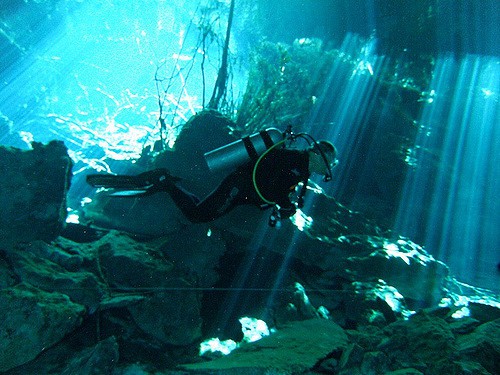
Chac Mool Cenote Mexico Photograph by tslane888
- Mexico: The eastern coast of Mexico wraps around the Caribbean Sea and the Gulf of Mexico. The diving along the Yucatán Peninsula is among the most popular destinations in the world. Off shore of this peninsula is the northern section of the Mesoamerican Barrier Reef System (MBRS). The MBRS starts at the tip of the peninsula and extends a 1,000 kilometers south through Belize to Honduras. The Yucatán Peninsula is also know for cenotes diving. Cenotes are sinkholes that have formed by underwater rivers eroding away the surface soil. The sinkholes contain a mixture of fresh and salt water. Cenotes provide an overhead diving experience and may include both caverns and cave diving. The MUSA (Museo Subacuático de Arte) off the Cancun Mexico coast is another must dive location. It has over 700 statues for divers to explore. A number of them are at a depth that snorkels can also enjoy.
- Belize: South of Mexico, Belize is also along Mesoamerican Barrier Reef System. It is here that the MBRS has a true barrier reef. The Belize Barrier Reef is the worlds second largest barrier reef. The Belize Barrier Reef Reserve System comprises about 12% of the barrier reef and has 7 marine protected areas. It has been a UNESCO World Heritage Center since 1996. At some points the barrier reef is only 300 meters off shore. The marine protected areas allow scuba diving and one of them is know as a migration destination for whale sharks. Belize also has three true atolls, there are only four in the western hemisphere. One of these atolls is the home of the famous Great Belize Blue Hole.
- Honduras: The popularity of diving in Mexico and later into Belize has lead to the development of a diving industry in Honduras. The tourism is not as strong here as in other parts of the Caribbean allowing a more relaxed environment.
- Cuba: Cuba is not as heavily visited as many of the other leading tourism destinations of the Caribbean. The reasons are political in nature and nothing to do with the beauty of the country or the outstanding dive sites. The United States political viewpoint has placed an embargo on Cuba that applies to American citizens. They are currently banned to travel to Cuba as a tourist. These regulations are slowly changing and it very possible that soon Americans will have the opportunity to explore the country.
- The Virgin Islands: The Virgin Islands are politically separated into the US Virgin Islands and the British Islands. There are eight islands in the virgin Islands, four each for Britain and the US. The islands offer great diving year round. Technically a portion of the Lesser Antilles, they are often looked at separately from the other countries of the Lesser Antilles.
- Lesser Antilles: The Lesser Antilles Start at the Virgin Islands and arc south to South America. Not including the Virgin Islands, the Lesser Antilles has eight sovereign countries and thirteen non-sovereign states or territories.
How to dive The Caribbean?
One of the great things about the Caribbean, besides the diving, is the range of options available. Reef dives, wall dives, shipwrecks, drifts, cenotes they are all there. Just about everything except cold water.
Mexico has the cenotes some of the best cavern diving in the world. Bonaire is often rated the best shore diving in the world. Gladden Spit and Silk Cayes Marine Reserve in Belize are known for whale sharks. The list goes on. Some of these destinations are best experienced by staying at a resort. Others are best done by liveaboards.
Best time to dive in The Caribbean
The classic answer of when to go would be year round with a warning about the hurricane season from June 1 to November 30. The Caribbean covers a great distance and the hurricane threat is not uniform. The southern Caribbean has a much lower threat than the eastern section. Honduras and Belize are also out of the hurricane belt.
While individual tolerances differ, most divers will dive without a wet suit in the summer months. A rash guard or dive skin is a good recommendation. In the winter months, a 3mm wet suit is generally enough. Many divers in the southern Caribbean find they can dive year round without a wet suit.
Top liveaboards in Caribbean according to divers reviews
Dive courses
A wide range of training is available in the Caribbean. Just about all of the destinations have dive sites that are suitable for Open Water Diver training and Advanced Open Water Diver training.
Photography is also a great specialty given the great visibility found on most dive sites. The Grand Cayman’s has what may be the best underwater photography course in the world. Cavern diving is also a certification that is popular in Mexico. The invasion of the lion fish into the Caribbean has lead to lion fish hunting. Some countries require and all recommend being trained to hunt the lion fish.
Scuba Diving conditions
It is difficult to generalize diving conditions over such a large area. However, it is safe to say that the Caribbean is noted for warm water and good visibility year round. In the summer many divers do not use any dive suits. Dive skins, Rash guards and 3 mm wet suits are the most commonly used protection worn if they are worn.
Snorkelling in The Caribbean
Snorkeling is a favorite pastime for many visitors to the Caribbean. Most of the diving destinations have a number of shallow dive sites that are also suitable for snorkeling.
Sting Ray city in the Cayman Islands is one of the most beloved snorkeling site in the world. Cruise ships to the area frequently offer snorkeling trip at each of their stops.
Fishes and Coral
Entire books have been written on the marine life in the Caribbean. There are between 500 to 600 species of reef fish in the different regions of the Caribbean. There are over 40 species of soft corals, 65 species of hard corals and over 100 different crustaceans.
Scientist have identified 34 marine mammal species visiting the Caribbean with 20 of them being common year round. There are also six of the seven species of marine turtles found here.
Diving Safety
If you are planning an upcoming dive trip or travelling to The Caribbean, it is a really good idea to invest in travel insurance for scuba diving, because you never know what could happen and when you might need it (because accidents do happen!). I recommend this diving insurance as they offer worldwide coverage and focus on providing scuba divers a quality insurance and medical assistance service.
The Caribbean is seen by many as the home of recreational scuba diving. Jacques-Yves Cousteau introduced the world to the underwater world by way of his inventions, books movies and television programs.
Many of the diving destinations he loved the most are in the Caribbean. As new divers started to visit these remote destinations, tourism developed to support them leading to the tourism destination the Caribbean is today. So it does not matter if you want a luxury vacation with diving or diving at unspoiled lightly visited area, there is a dive destination in the Caribbean right for you.
Photos The Caribbean
-
 Blacktip Shark patrolling the crystal clear water... EPIC photo!Photo by Yann Hubert
Blacktip Shark patrolling the crystal clear water... EPIC photo!Photo by Yann Hubert -
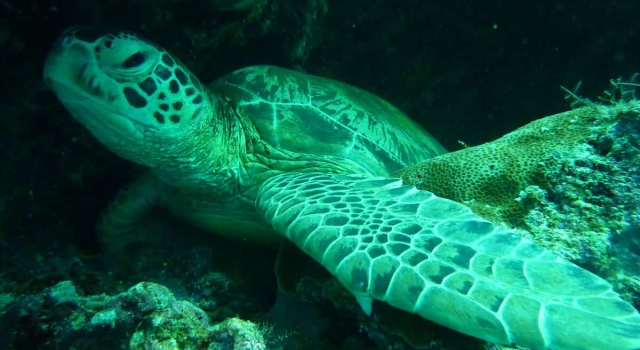 Turtle Checking Us OutPhoto by Rich Guest
Turtle Checking Us OutPhoto by Rich Guest -
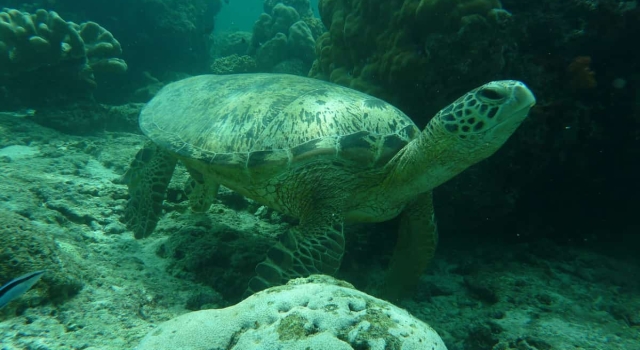 Turtle SwimmingPhoto by Rich Guest
Turtle SwimmingPhoto by Rich Guest -
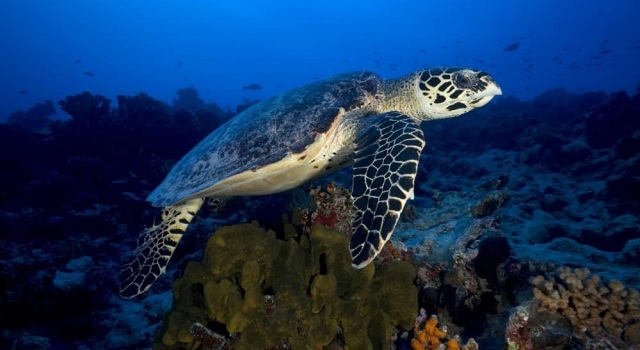 TurtlePhoto by Yann Hubert
TurtlePhoto by Yann Hubert -
 Huge Turtle resting on the sea floorPhoto by Rich Guest
Huge Turtle resting on the sea floorPhoto by Rich Guest -
 Turtle Flying To The SurfacePhoto by Jihye Lee
Turtle Flying To The SurfacePhoto by Jihye Lee -
 Turtle Playing With DiversPhoto by Matthieu Billaud
Turtle Playing With DiversPhoto by Matthieu Billaud -
 Turtle Swimming Back ViewPhoto by Matthieu Billaud
Turtle Swimming Back ViewPhoto by Matthieu Billaud -
 Turtle Swimming Or FlyingPhoto by Matthieu Billaud
Turtle Swimming Or FlyingPhoto by Matthieu Billaud
Travel Guide
Now that you know all about the underwater world, you might want to start planning your scuba holiday! Check out our The Caribbean Travel Review for information about how to get there, activities and excursions, where to stay, and more.

Diving Reviews for this region
Jamaica
Jamaica is a great vacation and scuba diving destination in the Caribbean Sea!
Aruba
The island of Aruba is surrounded by outstanding reefs, and has a number of wrecks.
Cuba
The marine protection programs in Cuba has resulted in pristine coral reefs.
U.S. Virgin Islands
The United States Virgin Islands – America’s Caribbean. Outstanding scuba diving in a vacation haven.
Cayman Islands
You can dive a different dive site every day for a year!
Bonaire
Bonaire has been voted the Best Shore Dive Destination 22 consecutive times by the readers of Scuba Diving Magazine.
St. Kitts and Nevis
St. Kitts and Nevis has excellent scuba diving that is close to shore meaning short boat rides. Being a small island, dive boats can always find a sheltered dive site in poor weather.
Saba
Saba offers Scuba divers site sites that are pristine and loaded with marine life.
Turks & Caicos
The Turks & Caicos Islands provides Scuba divers with a dive experience not easily matched.
Saint Martin
A great selection of wrecks and reefs for divers of all skill levels.
Dominican Republic
The Dominican Republic is a lessor known dive destinations with outstanding diving from both the north and south coast. It is also the kick off point to the nearby Silver Banks.
Bahamas
The Bahamas offer a wide range of diving sites. There are sites that are great for learning to dive and others for experienced divers. Cave divers will find many opportunities.
Dive spots reviews in Caribbean
Liveaboard Reviews in Caribbean
Jardines Aggressor II
The Jardines Aggressor is a liveaboard o
MV Caribbean Explorer II
The Caribbean Explorer II departs from e
Juliet Sailing & Diving
The almost 32 meters Juliet is a schoone
MV Turks and Caicos Explorer II
The MV Turks & Caicos Explorer II is
MV Turks & Caicos Aggressor II
The MV Turks and Caicos Aggressor II is
 Destinations
Destinations









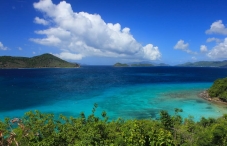
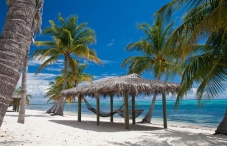


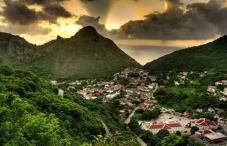

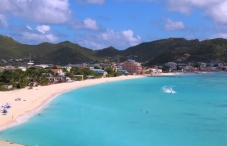
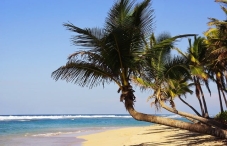

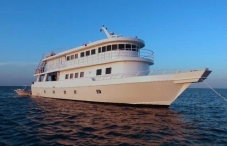


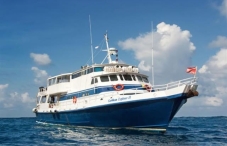
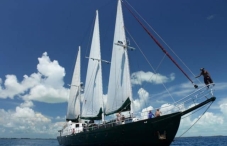
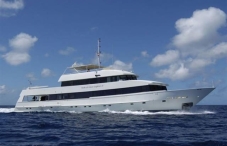
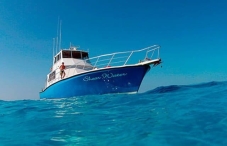
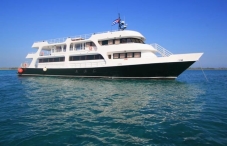
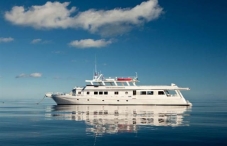
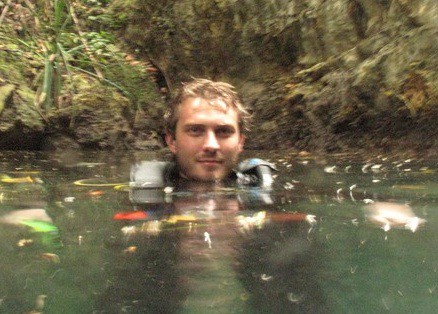




We dived in Aruba but made a poor choice of company. We selected SE Aruba Fly n dive and really wish we hadnt. The dive master appeared to know what he was doing on land and while conducting a dive review (we hadnt dived for a couple of years)
Unfortunately having kept us hanging around to wait for latecomers (over an hour) we set off on a drift dive. Fine for us but not at all fine for our daughter who is a total novice.
No-one was given enough weight – hard work for those of us who know what they are doing but impossible for her as she bobbed about frightened and most of the time abandoned by the so called instructor. Frankly her father would have made a significantly better job of taking care of her. I dont understand why this company are still in business but I would suggest picking someone else, the experience could hardly be worse.
Hi all, any recommendations on best spots in the Caribbean or North American to get my AOW license? I have my open water cert and 12 dives under my belt. Just got back from the Similians which were incredible. I’m looking for great coral reef life and/or pelagic life. I love seeing schools of fish and clear water. Long term I’d like to dive Raja Ampat, Komodo, Cocos Island and some of the other top places in the world, but I want to make sure I’m experienced and will be able to fully enjoy it! Thanks again.
Hi there! I’m kinda new also, but have been lucky enough to have been spoiled on my first three places. Most awesome ever, and quite affordable, XTC Dive shop in Xcalak Mexico (LINK REMOVED) — definitely do their Banco Chinchorro trip! 2nd: Curacao — walk ups w/some swimming, most beautiful ever! This one is quite affordable as well. Not so affordable, but OMG -the Maldives. A recent trip my husband I and made. Do this! (not afforable at all, but worth every penny).
Cozumel is a really a Diver’s paradise, water temp and visibility is awesome and the aquatic creatures you see are amazing. Get with “Island Divers Cozumel” to schedule your next diving adventure..Also, Belize, Ambergris Caye, at “Ramon’s village” is amazing and Nurse sharks will be seen on just about every dive. I can’t wait to go back soon.
Hi Steve!
Thank you for taking the time to drop a review here about diving various Caribbean locations! It sure is a huge help to divers and travelers planning their trip!
Looking forward to read you again after your upcoming travels! Best wishes for the new year!
St. Croix north shore at Cane Bay is the most amazing wall dive. only 250 yards from shore and at 50-60 ft the wall drops to over 1000 ft. we shore dive about 7 different sites here covering a 1.5 mile-long section of the wall. coral heads are spectacular lots of fish species and Caribbean reef sharks are common on almost every dive, bring your sling to help tame the lionfish they make great fish tacos to be enjoyed with ice-cold leather back IPA.
If you are looking for somewhere off the beaten path, San Andres Island is a spectacular dive location with unspoiled reefs and very competent operators. There are abundant fish species and large schools of fish. Visibility was excellent and the water is warm. Reef, wall, and wreck dives are offered. I made three dives on the reefs and one wreck dive. We observed a spotted moray eel flip and devour a conch. I used Scuba San Andres and was very pleased with the quality dive experience they offer.